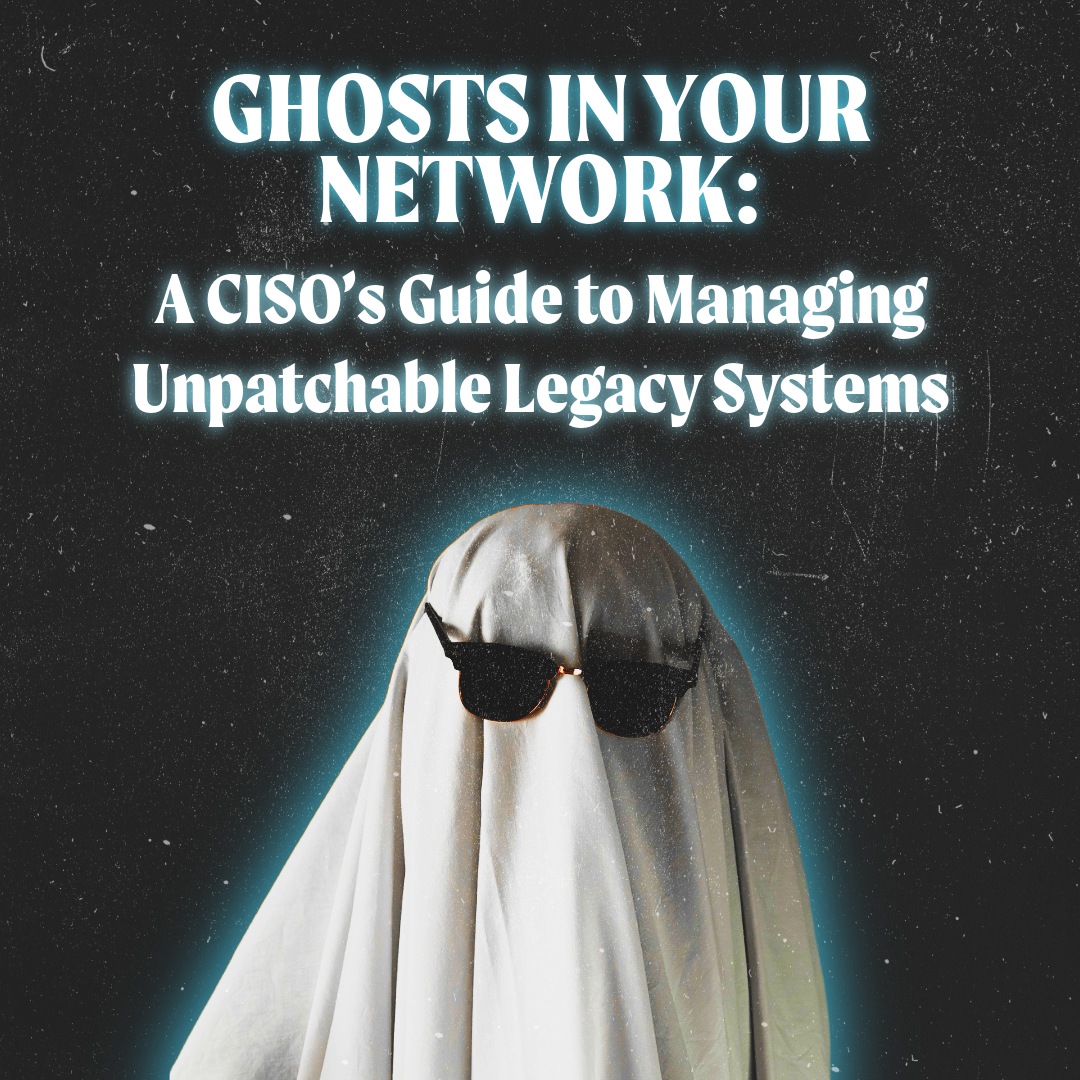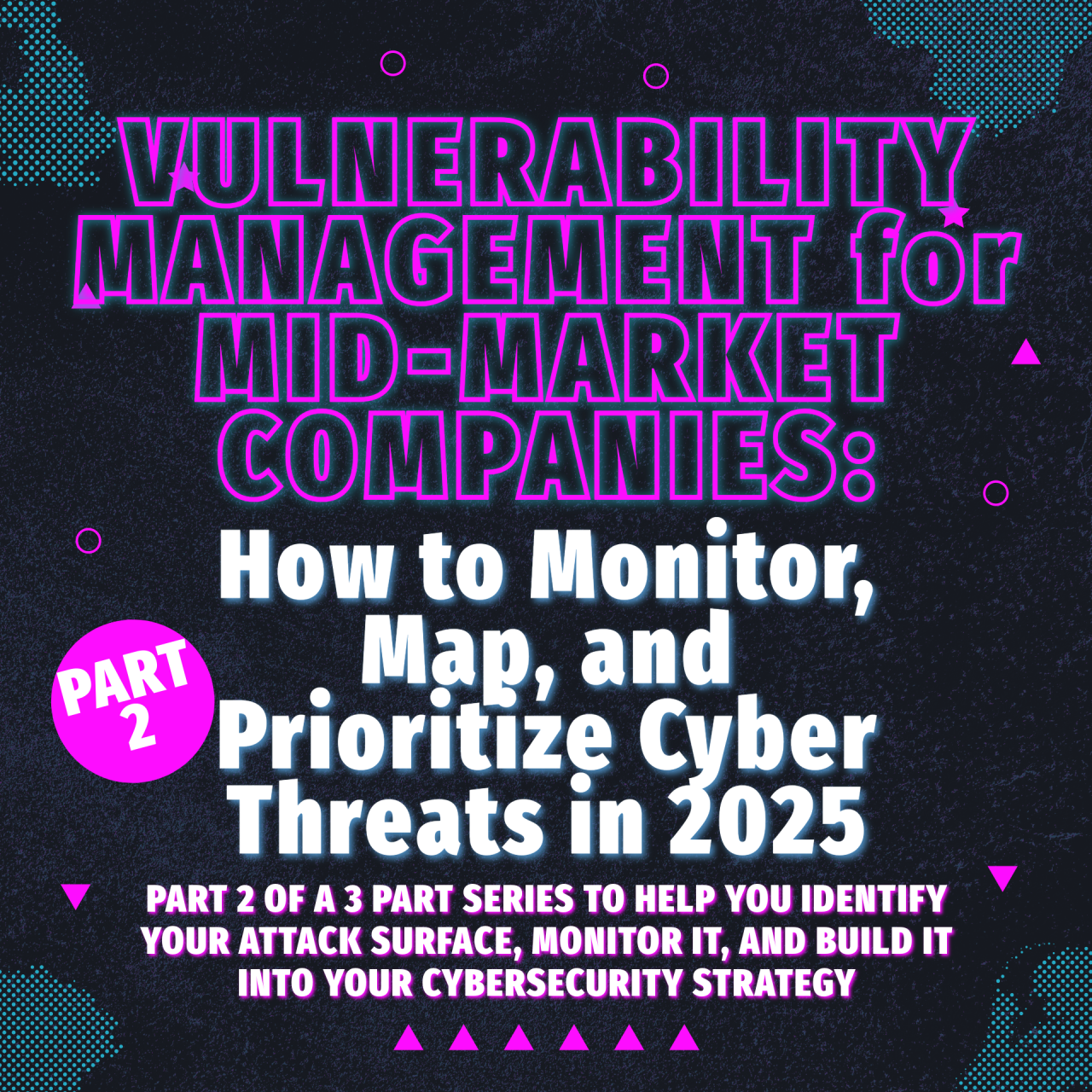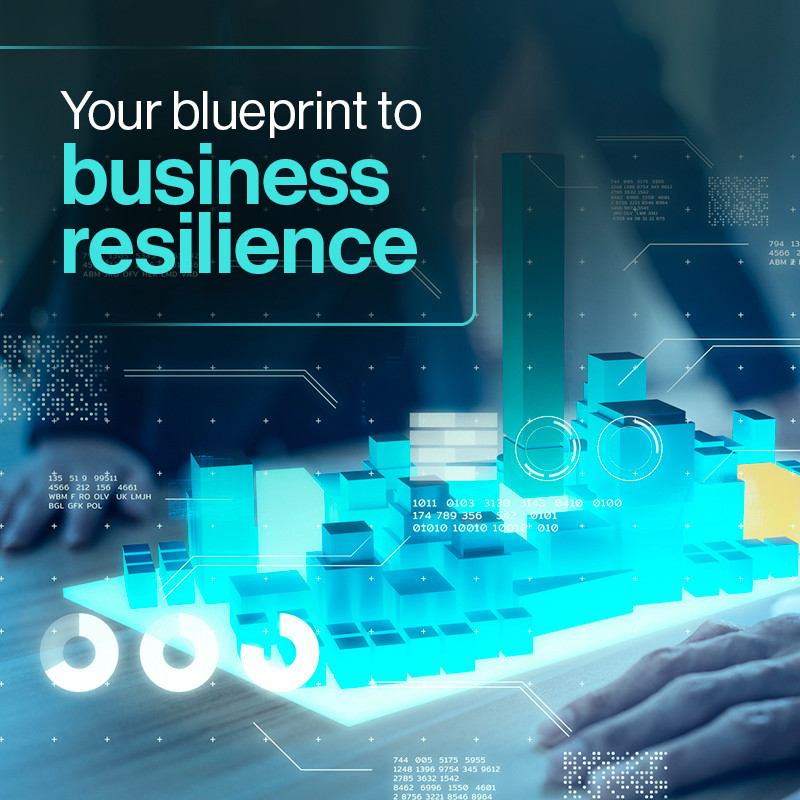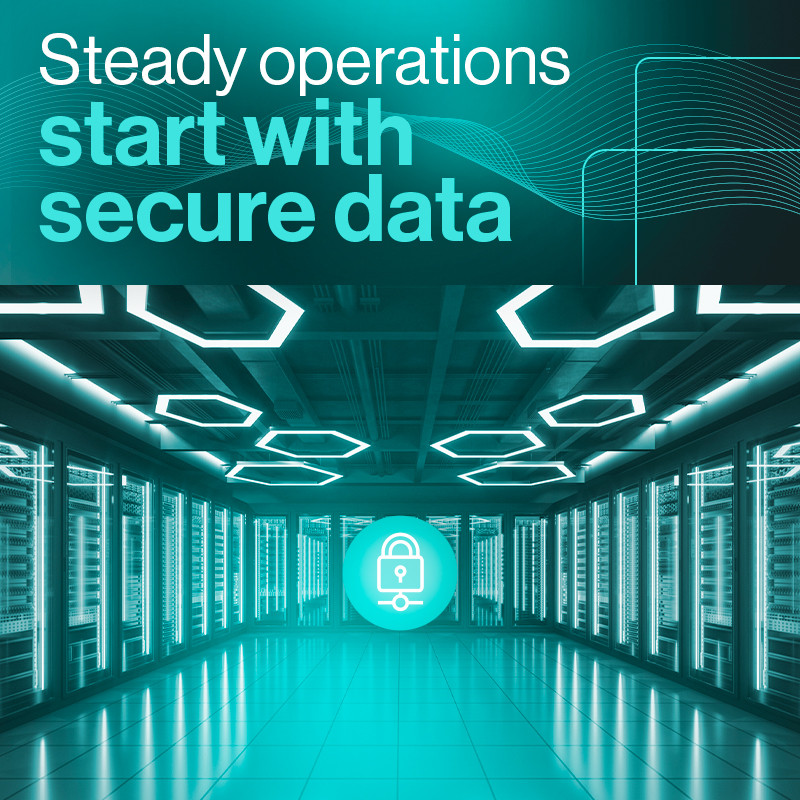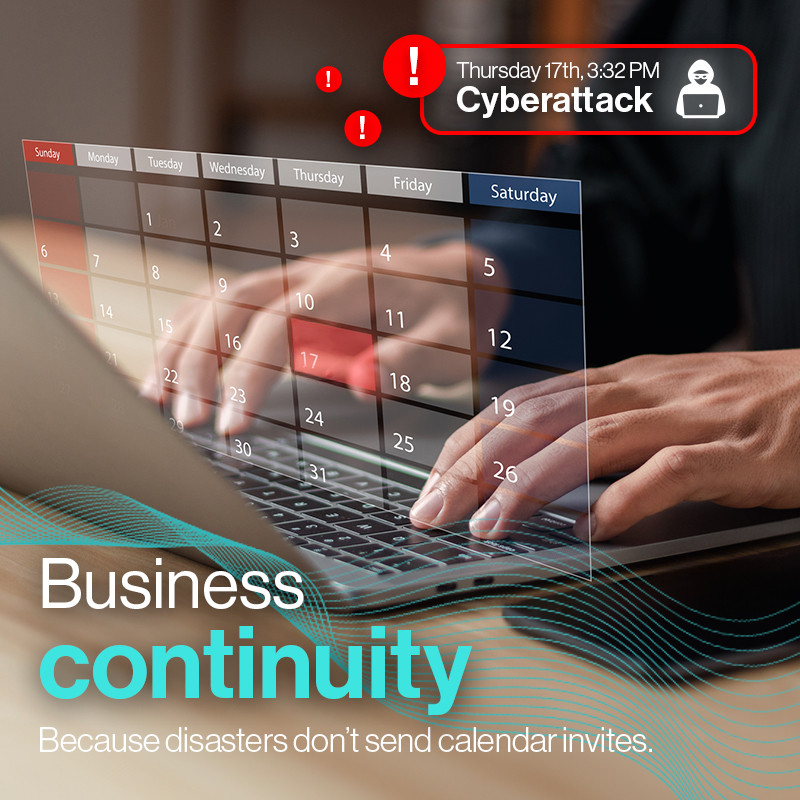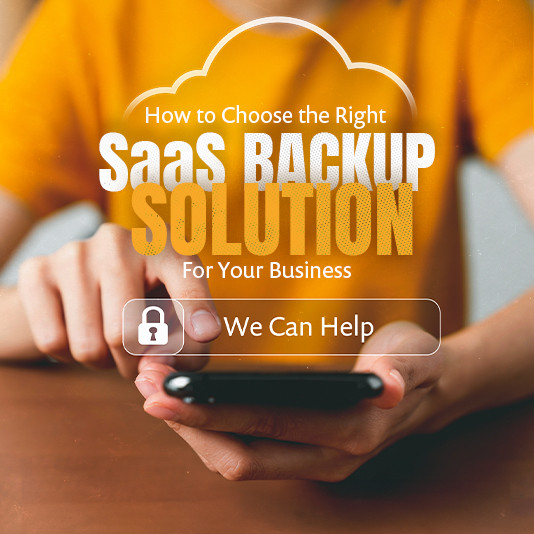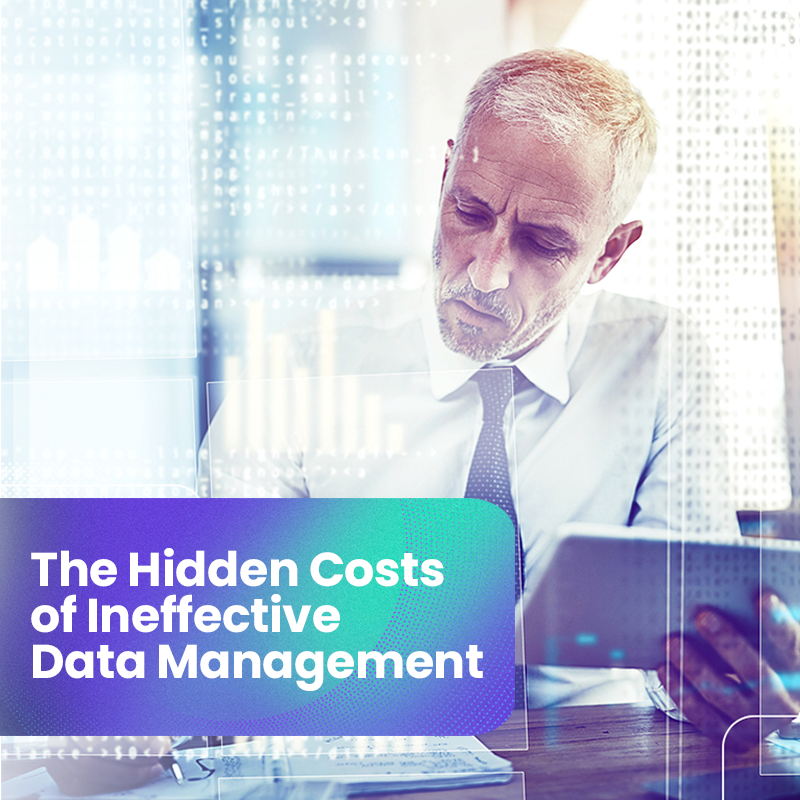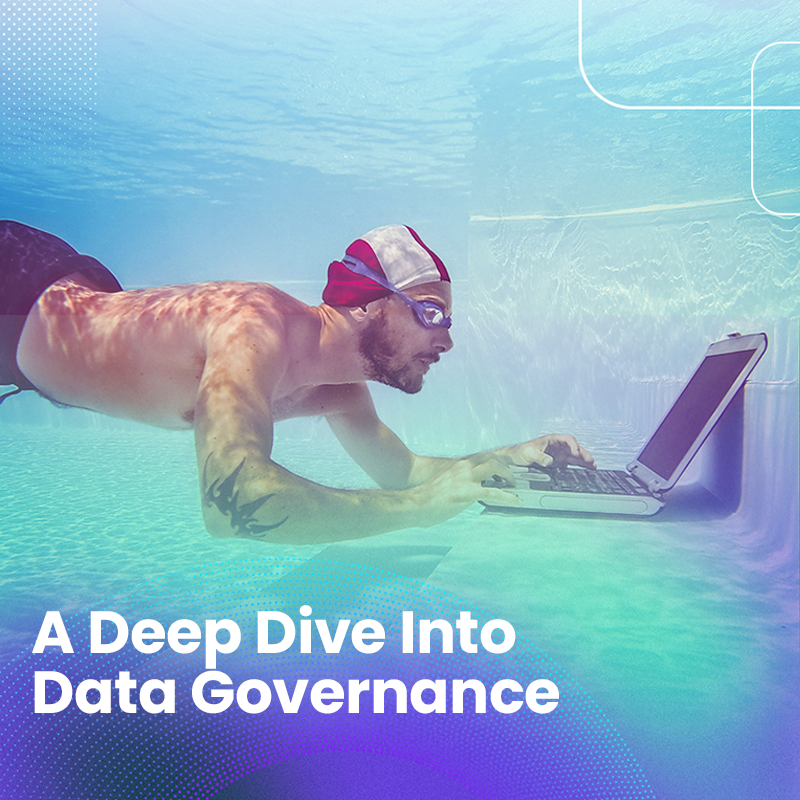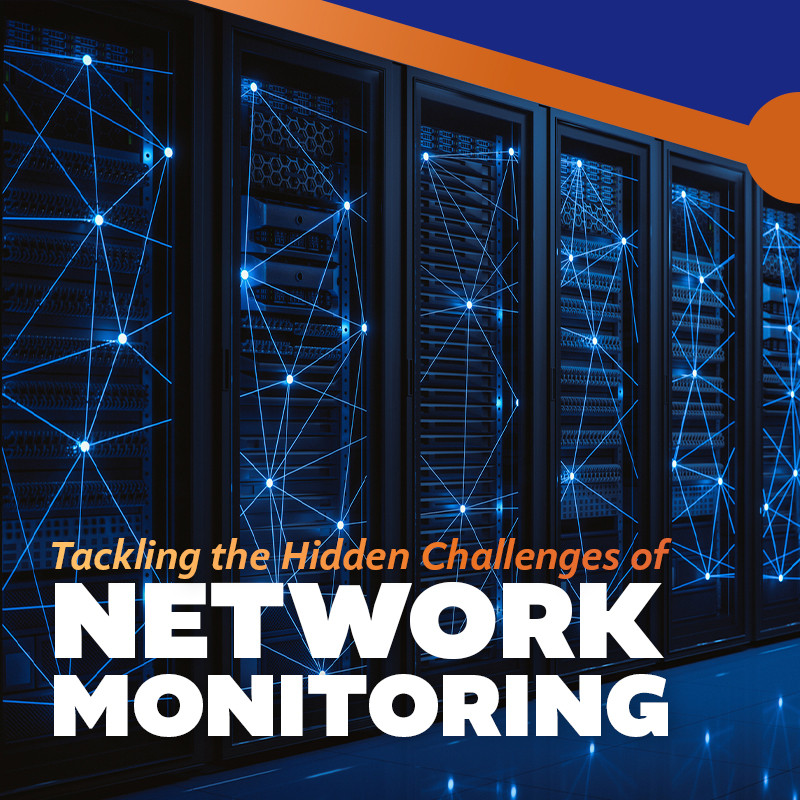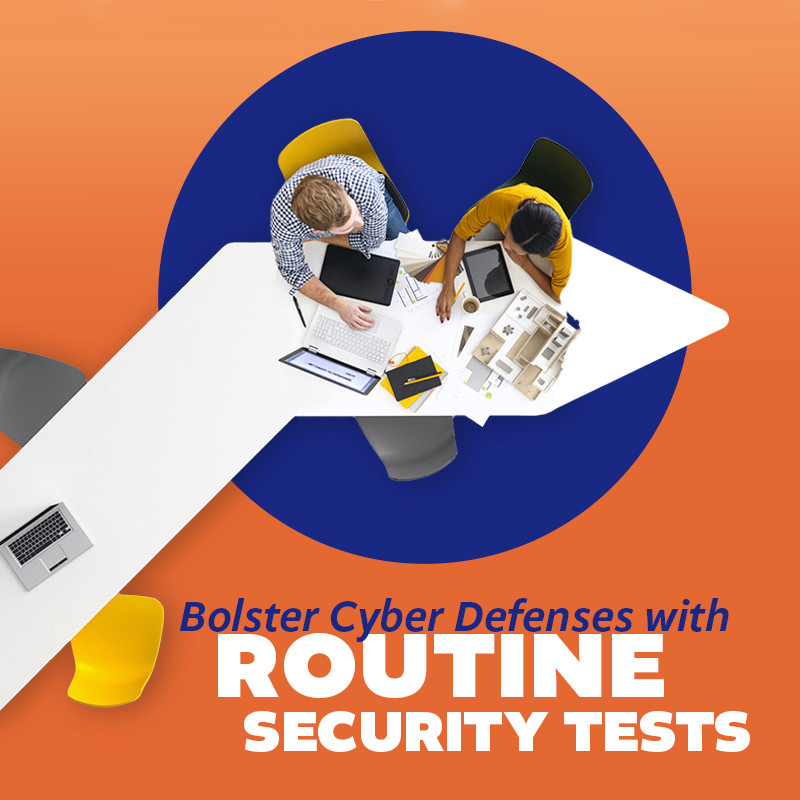Your biggest security risk isn't a zero-day exploit announced this morning. It’s that 20-year-old server running your door locks that everyone is too afraid to touch.
Let’s talk about the ghosts in your network.
We all have them. The Windows XP machine controlling a critical manufacturing line. The ancient server managing CCTV feeds. The forgotten box that holds the keys to your building's physical access. We keep them because they’re “too expensive to replace” or, more ominously, “too critical to turn off.”
But by treating them as untouchable, we're not avoiding risk; we are blindly accepting it.

